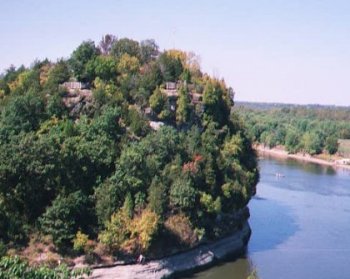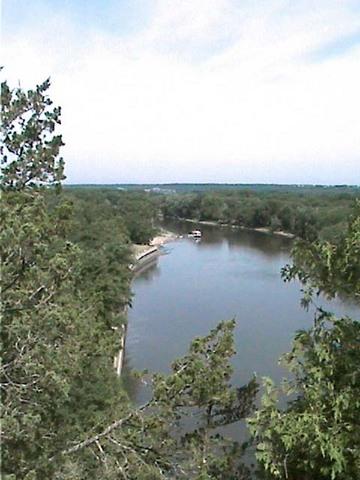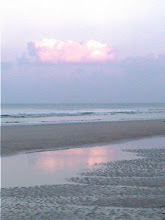



I used to come here a lot with my family when I was a child. Much has changed about Starved Rock State Park. When we were kids there was no wooden decking with railings. My mother would warn us not to go too close to the edge or we would suffer the same fate that many boy scouts and other people had when falling to their deaths into the shallow banks of the Illinois River.
Starved Rock State Park is located 1 mile south of Utica on the Illinois River. This 2,630 acre park receives more than two million visitors each year and it's no wonder why when you see the bounty of beautiful sites the park has to offer. Starved Rock itself is a sandstone butte that towers 125 feet above the river. There are six spectacular overlooks within the park for viewing the fascinating rock formations and wildlife. The park is home to 18 stream-fed canyons that sprout waterfalls in spring months. There are 16 miles of marked hiking trails that cover the park and offer scenic views of bluffs, canyons, and the river. Other activities available at Starved Rock include fishing, boating, camping, and picnicking.
The Starved Rock Lock and Dam is located at the Illinois Waterway Visitor Center, approximately two miles east of Route 178 in Ottawa, Illinois.The Starved Rock lock and dam is one of eight between Lake Michigan and the Mississippi River. The Illinois Waterway, as it is called, was finished in 1933 to make the shallow Illinois River usable for commercial traffic
Established in 1911, Starved Rock State Park is Illinois' second oldest state park, but the majority of Starved Rock's history occurred centuries before the park's existence. There is evidence of archaic Indians having lived in the park area as far back as 8000 B.C. From the 16th century through the 17th century, five to ten thousand Illiniwek Indians were thought to have inhabited the area.
The first Europeans to enter this area were Louis Joliet, Father Jacques Marquette and five companions while exploring the Illinois River in August 1673. In the 1680's, after Robert LaSalle claimed the Mississippi River Valley for France, a chain of forts was established to protect France's new territory. Fort St. Louis was built in 1682 on Starved Rock. It was abandoned in 1702 and completely destroyed by a fire in 1720.
So where does the name Starved Rock come from? A Native American legend tells of a band of Illiniwek Indians who sought refuge on the butte. They were surrounded by a group of Ottawa and Potawatomi Indians, their enemies. Unable to come down alive, they eventually starved to death on the butte.





No comments:
Post a Comment